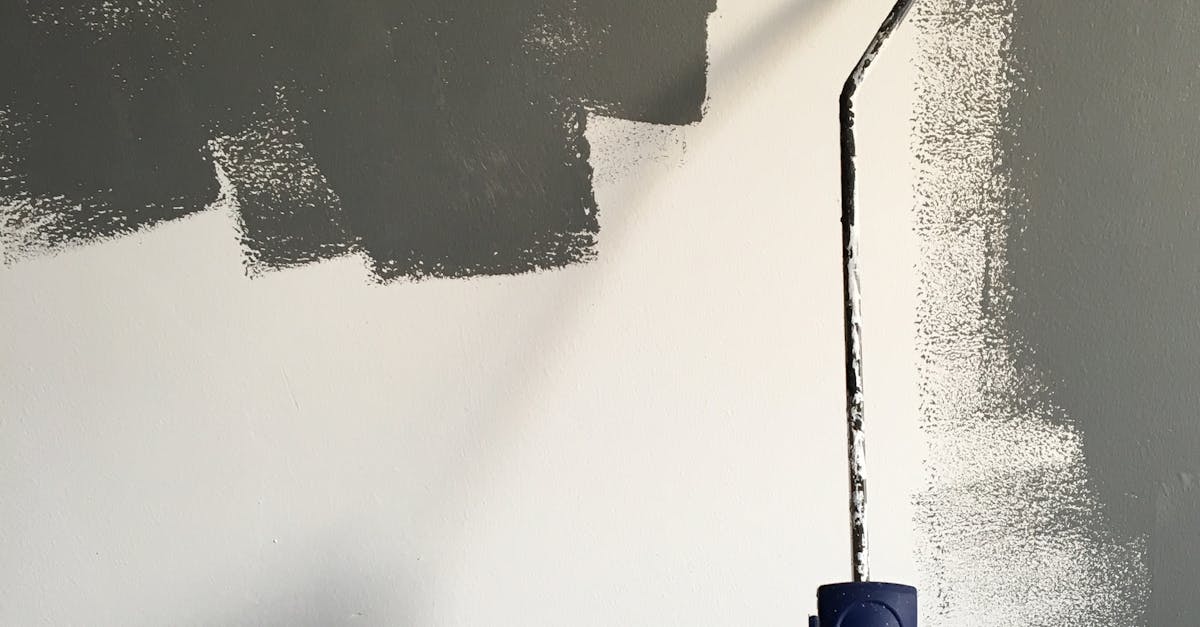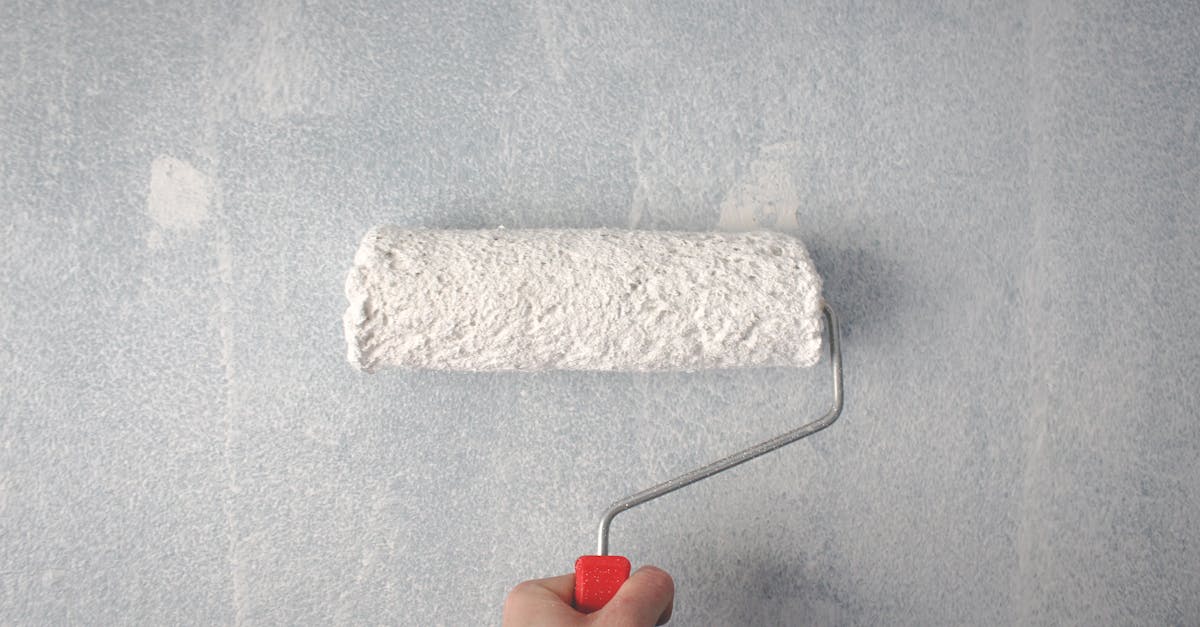
Cutting Tiles to Fit
When it comes to tiling a space, one of the essential steps is cutting tiles to fit around edges and corners. This process ensures a neat and professional finish to your tiling project. Before cutting the tiles, carefully measure the area where the tile needs to fit using a tape measure. Accuracy in measurement is crucial to avoid errors that can affect the overall appearance of the tiling.
Once you have the correct measurements, mark the tile where it needs to be cut using a pencil or tile marker. When cutting the tile, it is recommended to use a tile cutter or a wet saw for precision and clean edges. Take your time when cutting the tile to ensure a smooth finish that seamlessly integrates with the rest of the tiling.
Use a Tile Cutter or Wet Saw
When it comes to tiling, achieving precise cuts is essential for a professional finish. To ensure that your tiles fit perfectly in the designated space, using a tile cutter or a wet saw is recommended. These tools are specifically designed to cut through different types of tiles, allowing you to customise the size and shape according to your requirements.
A tile cutter is ideal for making straight cuts on ceramic or porcelain tiles, providing accuracy and clean edges. On the other hand, a wet saw is more suitable for cutting through denser materials such as stone or glass tiles. By using the appropriate cutting tool for Tiling, you can achieve the desired results without compromising the quality of the installation.
Applying Grout
Applying grout is a crucial step in the tiling process that not only enhances the aesthetic appeal of your tiled surface but also strengthens the overall structure. Once the adhesive holding the tiles in place has set, it’s time to fill the gaps between the tiles with grout. This will prevent moisture from seeping into the gaps and help maintain the integrity of the tiled surface.
To apply grout, use a rubber grout float to spread the grout over the tiles at a 45-degree angle, ensuring that all the gaps are filled completely. Work in small sections at a time to prevent the grout from drying out before you can finish. Once the grout is applied, use a damp sponge to wipe off any excess grout from the tiles. Allow the grout to set for the recommended time before proceeding with the next steps in the tiling process.
Fill the Gaps Between Tiles
Once the tiles are securely in place on the surface, the next step in the tiling process is to fill the gaps between them. Grouting is essential to not only create a visually cohesive look but also to protect the edges of the tiles from moisture and dirt. To fill the gaps, use a grout float to spread the grout over the tiled area, ensuring that it fills all the spaces between the tiles.
Ensure that the grout is applied evenly and pressed firmly into the gaps to avoid any air bubbles that may weaken its hold over time. Use a damp sponge to wipe away any excess grout on the tile surfaces before it dries. Allow the grout to set for the recommended time as per the manufacturer’s instructions. Once the grout has cured, the tiled surface will be ready for the final step of sealing the grout to enhance its durability and appearance.
Sealing the Grout
After the grout has completely dried, the final step in the tiling process is sealing the grout. This essential task helps to protect the grout from dirt, stains, and moisture, ensuring the longevity and durability of your tiled surface. Grout sealer comes in various forms such as spray, brush-on, or applicator bottle, and it is important to choose one that is suitable for your type of grout.
To seal the grout effectively, start by applying the sealer evenly across the grout lines. Use a grout sealer applicator or a small brush to ensure that the sealer penetrates the grout and creates a protective barrier. It’s crucial to follow the manufacturer’s instructions regarding the drying time and any additional coats that may be required for optimal protection. Sealing the grout not only enhances the overall look of your tiled area but also helps to maintain its cleanliness and prevent discolouration over time.
Protect the Grout from Stains
One essential step in ensuring the longevity and appearance of your tiling project is protecting the grout from stains. Grout is particularly susceptible to discolouration due to its porous nature. To safeguard your efforts, it is advisable to opt for a high-quality grout sealer. This product forms a protective barrier, preventing dirt, liquids, and other substances from penetrating the grout and causing unsightly stains.
When applying the grout sealer, ensure that the grout is clean and dry. Follow the manufacturer’s instructions carefully to achieve the best results. Typically, you will need to use a small brush or applicator to evenly coat the grout lines with the sealer. Take care not to leave any excess sealer on the tiles, as this can lead to hazy patches that may be challenging to remove. Properly sealed grout will not only enhance the aesthetic appeal of your tiling project but also make maintenance easier in the long run.
FAQS
What tools do I need to cut tiles to fit?
You can use a tile cutter or a wet saw to cut tiles to fit the desired shape and size.
How do I apply grout when tiling?
To apply grout, fill the gaps between the tiles using a grout float, ensuring all spaces are completely filled.
Why is it important to seal the grout when tiling?
Sealing the grout helps protect it from stains and moisture, ensuring the longevity and appearance of your tiled surface.
Can I use any type of sealant to protect the grout from stains?
It is recommended to use a specific grout sealer to protect the grout from stains and ensure its durability over time.
How can I protect the grout from stains when tiling?
To protect the grout from stains, ensure to seal it properly after applying the grout and follow the manufacturer’s instructions for maintenance.



